drlynn
TPF Noob!
You're right, Matt. Trying to calculate a good exposure using a newer SLR with electronically controlled aperture can give you quite a headache!
"Man, was that 1/2 stop, 1/3 stop, or what" gets to you, until you finally open one of those dusty ole books, and refresh yourself on standard apertures!
"Man, was that 1/2 stop, 1/3 stop, or what" gets to you, until you finally open one of those dusty ole books, and refresh yourself on standard apertures!



![[No title]](/data/xfmg/thumbnail/34/34064-66d345cd6eebe4b9f97597e03008d3b7.jpg?1619736260)
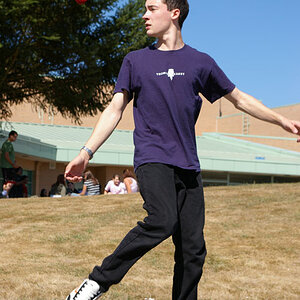
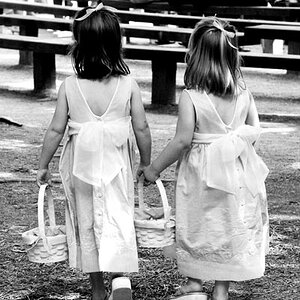
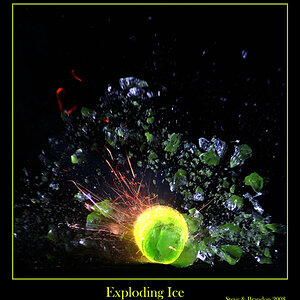
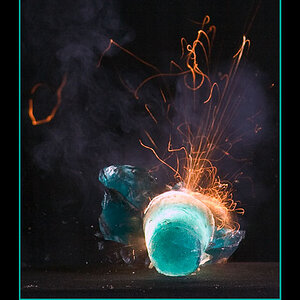
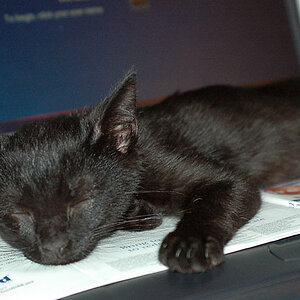
![[No title]](/data/xfmg/thumbnail/32/32926-ec27ecead8c80d803404500d8f888dbf.jpg?1619735754)
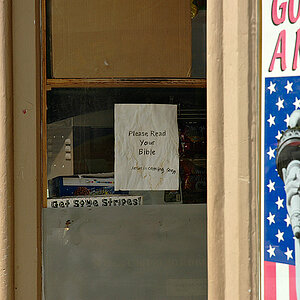
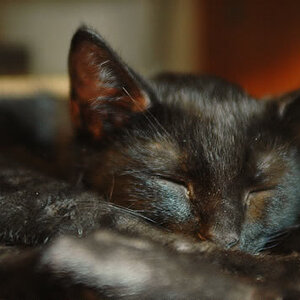
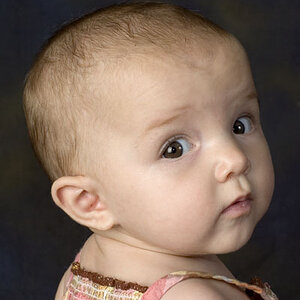
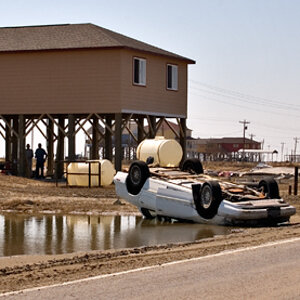
![[No title]](/data/xfmg/thumbnail/34/34068-743e93a5c28fe935ab4c39c51c06cf1a.jpg?1619736264)